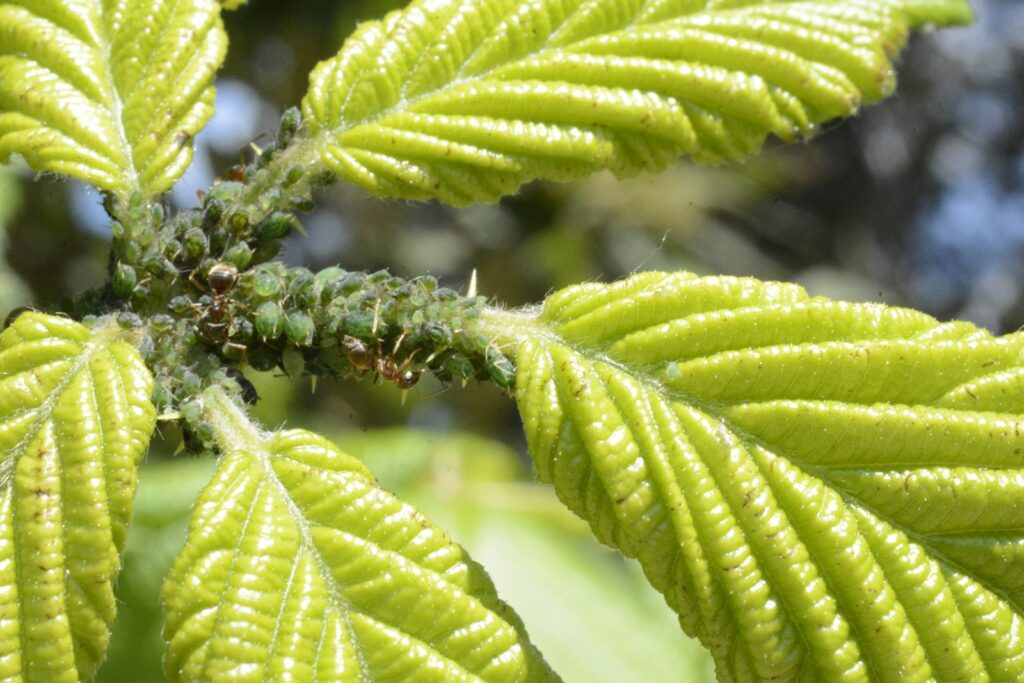In the intricate tapestry of tropical rainforest ecosystems, few creatures play as vital a role as ants. Despite their diminutive size, these remarkable insects are ecological powerhouses, influencing virtually every aspect of rainforest function and health. From soil engineering to seed dispersal, from plant protection to predator control, ants are indispensable ecosystem engineers that help maintain the delicate balance of these biodiversity hotspots. Their complex social structures, massive populations, and diverse behaviors make them one of the most impactful organisms in tropical environments. This article explores the multifaceted ways in which ants contribute to the functioning, resilience, and biodiversity of tropical rainforests – revealing why these tiny creatures deserve recognition as some of nature’s most influential species.
The Abundance and Diversity of Rainforest Ants

Tropical rainforests house an astounding diversity of ant species, with scientists estimating that a single hectare of rainforest can contain more than 200 different species. In the Amazon alone, researchers have documented over 1,000 ant species, with many more likely awaiting discovery. This remarkable diversity is complemented by their sheer abundance – ants frequently comprise up to 15-25% of the total animal biomass in tropical forests, outweighing all vertebrates combined. Their numbers are so vast that in some rainforest regions, the combined weight of all ants equals or exceeds the weight of all terrestrial mammals in the same area. This extraordinary prevalence positions ants as one of the most ecologically influential animal groups in these complex ecosystems.
Master Soil Engineers
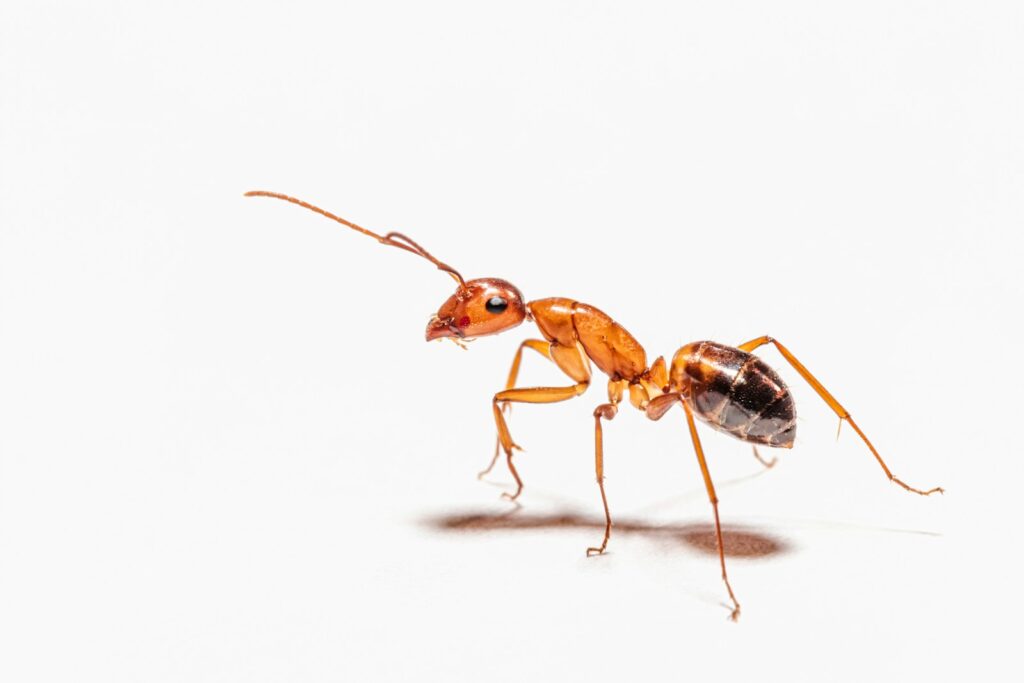
Ants function as nature’s premier soil engineers, dramatically altering the physical and chemical properties of rainforest soils. As they construct their elaborate underground nests, ants move massive quantities of soil—up to several tons per hectare annually—bringing deeper soil layers to the surface and creating channels that improve water infiltration and root penetration. This tunneling activity aerates the soil, increasing oxygen availability and improving drainage, which benefits plant root systems throughout the forest. Additionally, ant nests create nutrient-rich patches in the forest floor, as they concentrate organic materials, food waste, and ant excretions in specific locations. Research has shown that soil near ant colonies often contains significantly higher concentrations of essential nutrients like nitrogen, phosphorus, and potassium than surrounding areas, creating fertile microhabitats for plant growth.
Essential Seed Dispersers
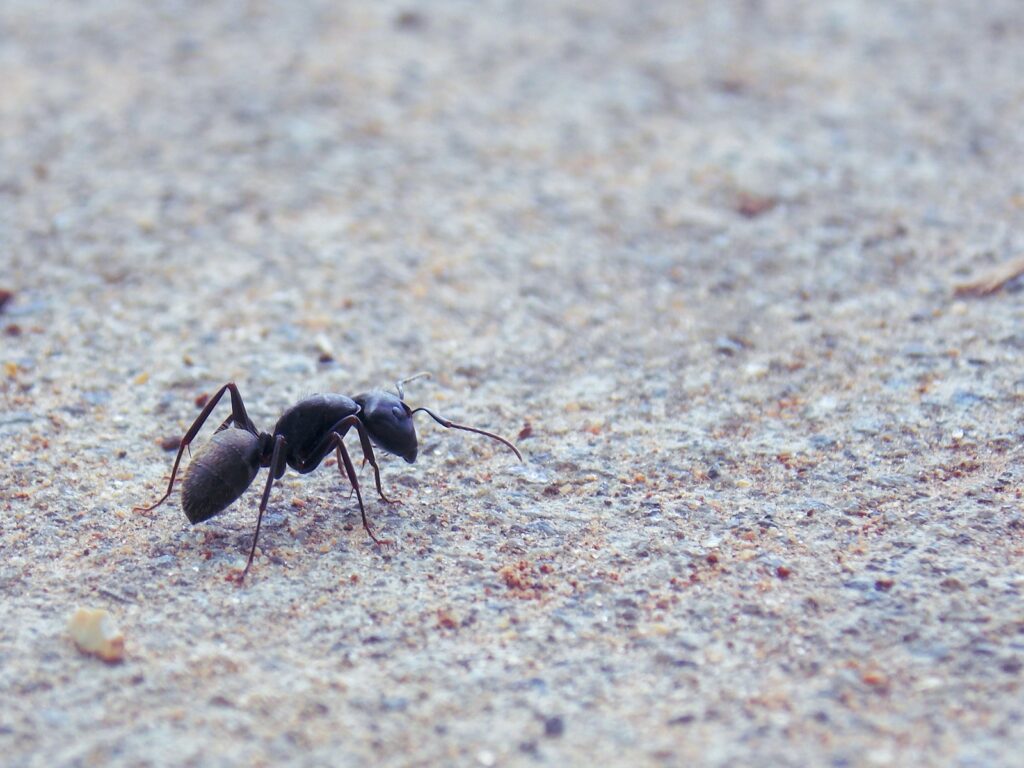
Many ant species serve as crucial seed dispersers in tropical rainforests through a process called myrmecochory. Approximately 9,000 plant species worldwide depend on ants to transport their seeds to new locations, with particularly high rates in tropical ecosystems. Seeds of myrmecochorous plants feature specialized appendages called elaiosomes, which are rich in lipids and proteins specifically attractive to ants. The ants carry these seeds to their nests, consume the nutritious elaiosomes, and then discard the intact seeds in nutrient-rich nest refuse piles or trash middens. This selective disposal provides ideal germination conditions away from parent plants, reducing competition and predation risks. Studies have shown that ant-dispersed seeds experience significantly higher germination rates and seedling survival compared to non-dispersed seeds, making ants essential partners in forest regeneration and plant species diversity maintenance.
Plant Protectors and Mutualistic Partners

One of the most fascinating ecological relationships in tropical rainforests exists between ants and plants in the form of ant-plant mutualisms. Numerous plant species, including the iconic Cecropia trees and various epiphytes, have evolved specialized structures called domatia that serve as housing for ant colonies. In return for shelter and often food provided through extrafloral nectaries, the resident ants aggressively defend their host plants against herbivores, competing plants, and even fungal pathogens. The famous Azteca-Cecropia relationship exemplifies this partnership, where Azteca ants vigorously attack any organism attempting to damage their host tree. Research has demonstrated that plants with their ant defenders removed suffer substantially more herbivore damage and exhibit reduced growth and survival rates. Some ant species even trim surrounding vegetation that might compete with or touch their host plant, effectively creating competition-free zones that benefit their botanical partners.
Predators and Population Controllers

Ants function as dominant predators within tropical rainforest ecosystems, playing a crucial role in regulating populations of other arthropods. Army ants are particularly renowned for their impressive hunting swarms, with species like Eciton burchellii mobilizing colonies of over 500,000 workers to conduct massive raids that can capture thousands of prey items daily. These coordinated hunting parties efficiently suppress populations of insects, spiders, and even small vertebrates throughout the forest. Beyond army ants, countless other species patrol vegetation and forest floors, capturing herbivorous insects that might otherwise damage plant tissues. Studies have demonstrated that areas with experimentally reduced ant populations experience dramatic increases in herbivore abundance and corresponding increases in leaf damage across many plant species. This predatory function creates cascading effects throughout forest food webs, indirectly protecting plant life and maintaining ecological balance.
Decomposers and Nutrient Recyclers
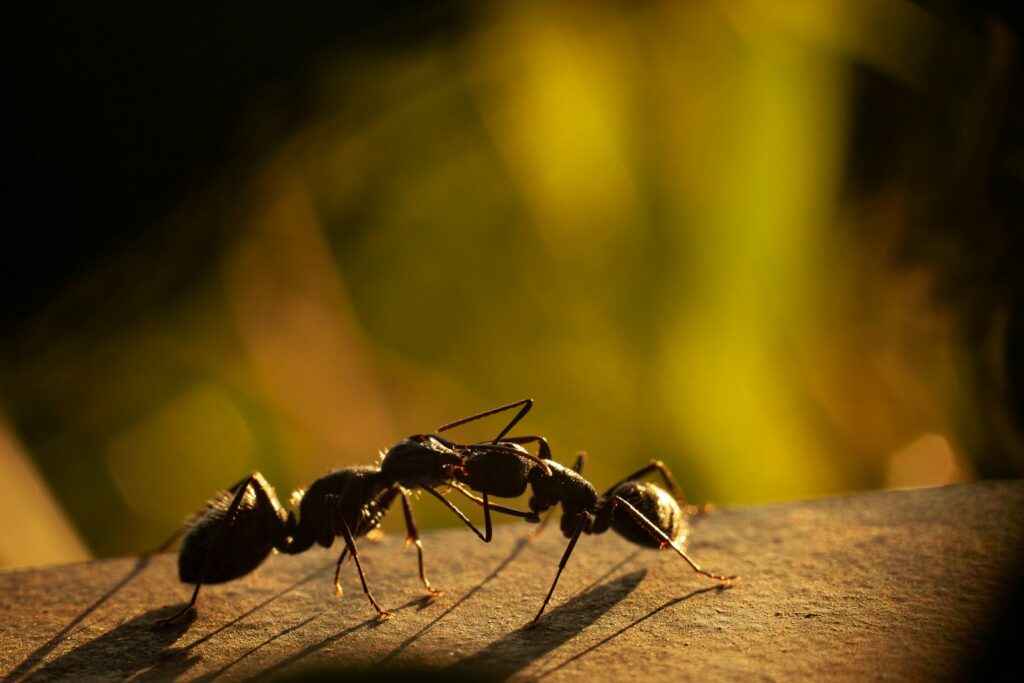
Ants serve as essential decomposers and nutrient recyclers in the tropical rainforest ecosystem, significantly accelerating the breakdown of organic matter. By collecting and processing dead insects, plant materials, and animal waste, ants help return valuable nutrients to the soil that would otherwise remain locked in slowly decomposing matter. Their nest-building activities concentrate organic materials and create hotspots of microbial activity, which further enhances decomposition rates. Studies comparing decomposition rates in areas with and without ants show significantly faster nutrient cycling where ants are active. Additionally, certain ant species form symbiotic relationships with specialized fungi, maintaining underground “fungal gardens” that break down complex plant materials into simpler compounds that plants can absorb. This contribution to nutrient cycling is particularly crucial in tropical rainforests, where the majority of ecosystem nutrients are locked within living biomass rather than in the soil.
Ecosystem Engineers and Habitat Modifiers

Ants qualify as true ecosystem engineers through their profound capacity to modify physical environments in ways that create habitat for other organisms. Leaf-cutter ants of the Atta and Acromyrmex genera construct massive underground colonies that can house millions of individuals, creating complex networks of chambers and tunnels that extend several meters below the forest floor. These elaborate structures provide microhabitats for numerous other species, from specialized mites and beetles to fungi and bacteria that thrive nowhere else. Aboveground, the massive leaf-litter accumulations near nest entrances create unique decomposition environments with distinct microclimates. Abandoned ant nests become critical regeneration sites for certain plant species and provide shelter for vertebrates like amphibians and small mammals. Research has identified more than 100 species of arthropods that live exclusively within or around ant nests in tropical forests, highlighting how ants create biodiversity through their engineering activities.
Indicators of Ecosystem Health

Scientists increasingly recognize ant communities as excellent bioindicators for assessing tropical rainforest health and response to environmental disturbance. The composition of ant species in a given area reflects subtle ecological conditions, with different assemblages indicating various states of forest health, disturbance history, or recovery. Certain ant species are highly sensitive to environmental changes and quickly disappear when forests are degraded, while others rapidly increase in disturbed habitats. Researchers leverage this sensitivity by using standardized ant sampling protocols to evaluate conservation outcomes, monitor restoration progress, and assess human impact on forest ecosystems. Long-term studies tracking ant communities have documented clear shifts in species composition following phenomena like forest fragmentation, selective logging, and climate change impacts. This bioindicator value makes ants invaluable tools for conservation scientists working to understand and protect tropical forest ecosystems.
The Remarkable Leaf-Cutter Ants

Leaf-cutter ants represent one of the most ecologically significant and specialized groups within tropical rainforests, functioning essentially as Earth’s first farmers. These remarkable insects, belonging primarily to the genera Atta and Acromyrmex, harvest enormous quantities of fresh vegetation—up to 15-20% of the total leaf production in certain forest areas. Contrary to popular belief, they don’t directly consume this plant material but instead use it to cultivate specialized fungi that serve as their primary food source. Their agricultural system is so sophisticated that the ants apply antibiotic secretions to control unwanted microorganisms, weed out competing fungi, and regulate temperature and humidity within their fungal gardens. A mature leaf-cutter colony can contain several million individuals, occupy an underground nest volume of 20-30 cubic meters, and harvest vegetation from an area exceeding 1,000 square meters. Their intensive harvesting behavior creates distinctive patterns of herbivory that influence plant species composition and forest succession dynamics across the tropical Americas.
Army Ants: The Nomadic Ecosystem Influencers
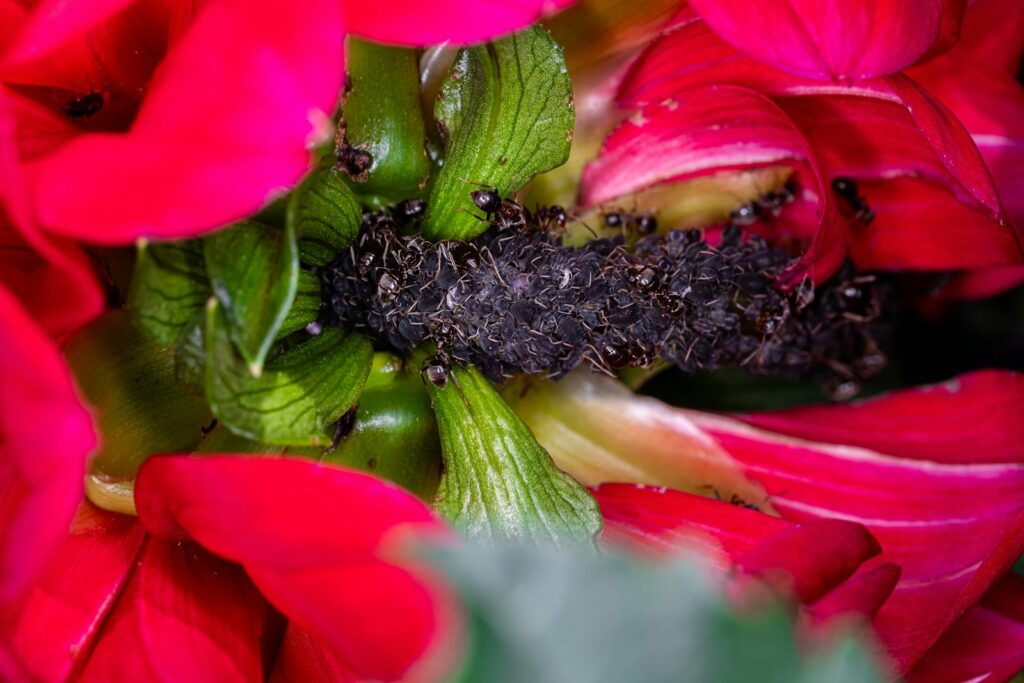
Army ants represent nature’s most dramatic examples of coordinated predatory behavior, with profound ecological impacts rippling throughout rainforest ecosystems. Species like Eciton burchellii conduct massive swarm raids involving hundreds of thousands of workers forming living highways up to 20 meters wide and 100 meters long. During these raids, they capture millions of prey items, predominantly other arthropods, creating a moving zone of intense predation pressure that other forest creatures must respond to. This nomadic lifestyle, where colonies alternate between stationary and migratory phases, creates temporal pulses of predation throughout different forest areas. Remarkably, entire communities of “ant-following” birds, insects, and mammals have evolved specifically to exploit the bounty of prey flushed out by army ant raids. Over 300 bird species worldwide are known to associate with army ants, with specialized “professional” ant-followers like antbirds deriving up to 80% of their diet from insects fleeing the ants. This creates a complex ecological network centered around these nomadic keystone predators.
Climate Change and the Future of Rainforest Ants

Climate change presents a significant threat to ant communities in tropical rainforests, with potentially far-reaching consequences for the ecosystem services they provide. Research indicates that many ant species operate near their thermal tolerances, making them particularly vulnerable to rising temperatures that could exceed their physiological limits. Experimental warming studies have documented altered foraging behaviors, reduced colony growth, and changes in competitive hierarchies among ant species. As environmental conditions shift, the delicate coevolutionary relationships between ants and their plant partners may become desynchronized, potentially disrupting critical mutualisms that took millions of years to develop. Changing precipitation patterns are equally concerning, as many soil-dwelling ant species depend on specific moisture conditions for nest construction and foraging activities. Scientists predict that climate change will likely cause shifts in ant community composition, with potential loss of specialized species and homogenization of ant assemblages across tropical regions, which could significantly alter the ecological functions these insects perform.
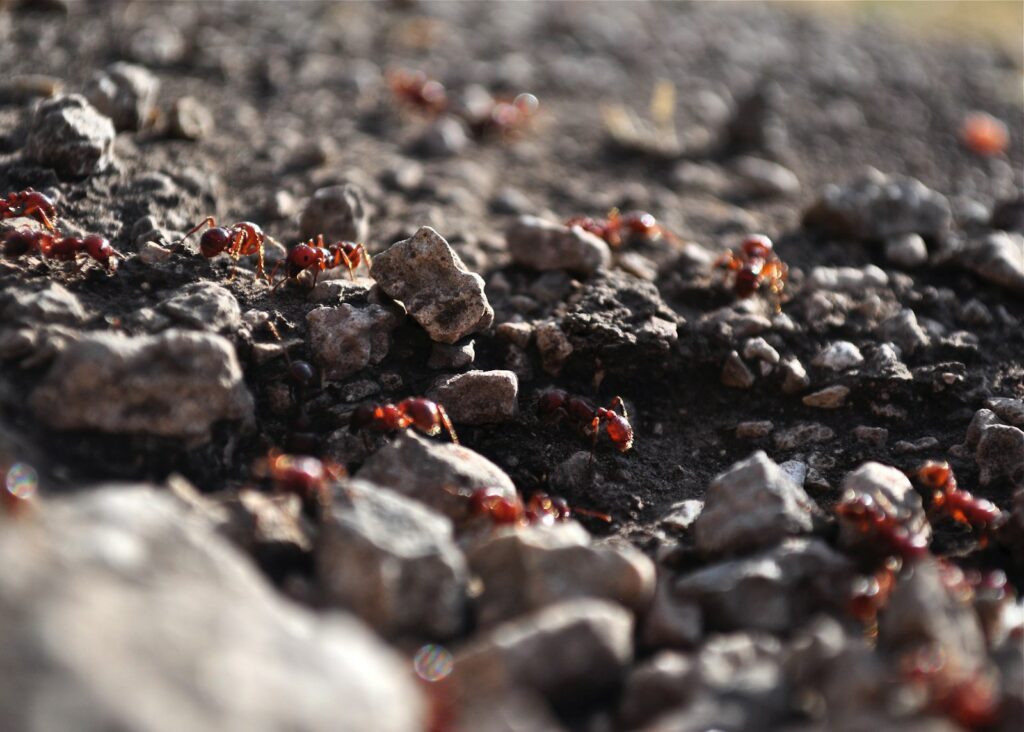
The ecological significance of ants makes their conservation an essential consideration in tropical rainforest protection strategies. Research demonstrates that many specialized ant species disappear rapidly following forest disturbance, fragmentation, or conversion to agricultural uses, with complete recovery of ant communities taking decades even after forest restoration. The complex nature of ant-mediated ecological processes means that their loss can trigger cascading effects throughout forest ecosystems, affecting everything from seed dispersal to decomposition rates. Conservation efforts increasingly incorporate knowledge about ant ecology, using ant community composition as metrics for restoration success and prioritizing the protection of areas with high ant functional diversity. The preservation of intact ant communities requires the maintenance of forest structural complexity, microclimate conditions, and floristic diversity, aligning ant conservation goals with broader rainforest protection initiatives. As keystone species that influence numerous ecological processes, ants represent crucial components of functional tropical ecosystems whose protection warrants significant conservation attention.
Human Uses and Knowledge from Rainforest Ants
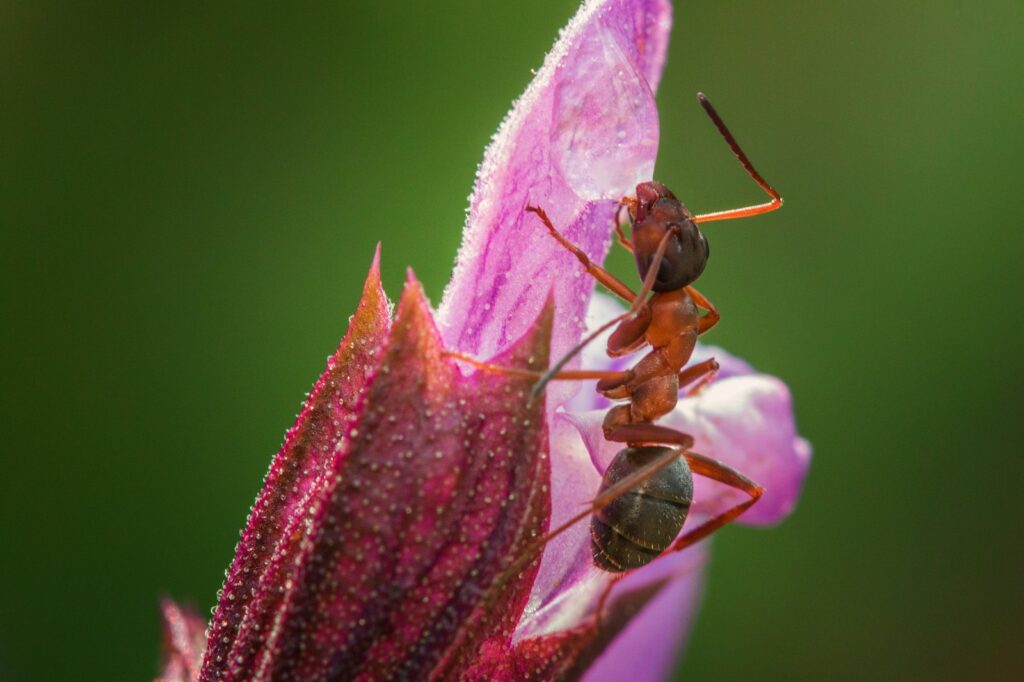
Indigenous peoples across tropical regions have incorporated ants into their cultures in various practical and spiritual ways, representing vast repositories of traditional ecological knowledge. Many communities harvest certain ant species as food sources, particularly appreciating the protein-rich larvae and queens of leaf-cutter ants, which feature in traditional cuisines from Mexico to Brazil. Various medicinal applications exist, with certain ant venoms used to treat arthritis and inflammation, while secretions from other species serve as antimicrobial agents in traditional healing practices. Biomimicry researchers are increasingly studying rainforest ants to develop innovative solutions for human challenges, with ant navigation systems inspiring algorithms for network optimization and traffic management. The sophisticated agricultural practices of leaf-cutter ants have provided insights into sustainable fungiculture and pest management, while the self-organizing principles of ant colonies influence developments in robotics and distributed computing. This growing interface between ant ecology and human innovation highlights the importance of preserving these insects not just for their ecological roles but also for their potential contributions to sustainable human development.
Conclusion

In conclusion, the ecological footprint of ants in tropical rainforests extends far beyond what their small size might suggest. As ecosystem engineers, predators, mutualistic partners, seed dispersers, and soil conditioners, ants influence virtually every aspect of rainforest function and structure. Their activities support the remarkable biodiversity that makes tropical forests global conservation priorities, while their sensitivity to environmental changes makes them valuable indicators of ecosystem health. As climate change and deforestation continue to threaten rainforest ecosystems worldwide, understanding and protecting the complex ecological roles of ants becomes increasingly important. These tiny creatures exemplify how even the smallest organisms can be indispensable to the functioning of Earth’s most complex ecosystems, reminding us that conservation efforts must consider not just the charismatic megafauna but also the small yet mighty species that form the ecological backbone of tropical rainforests.

